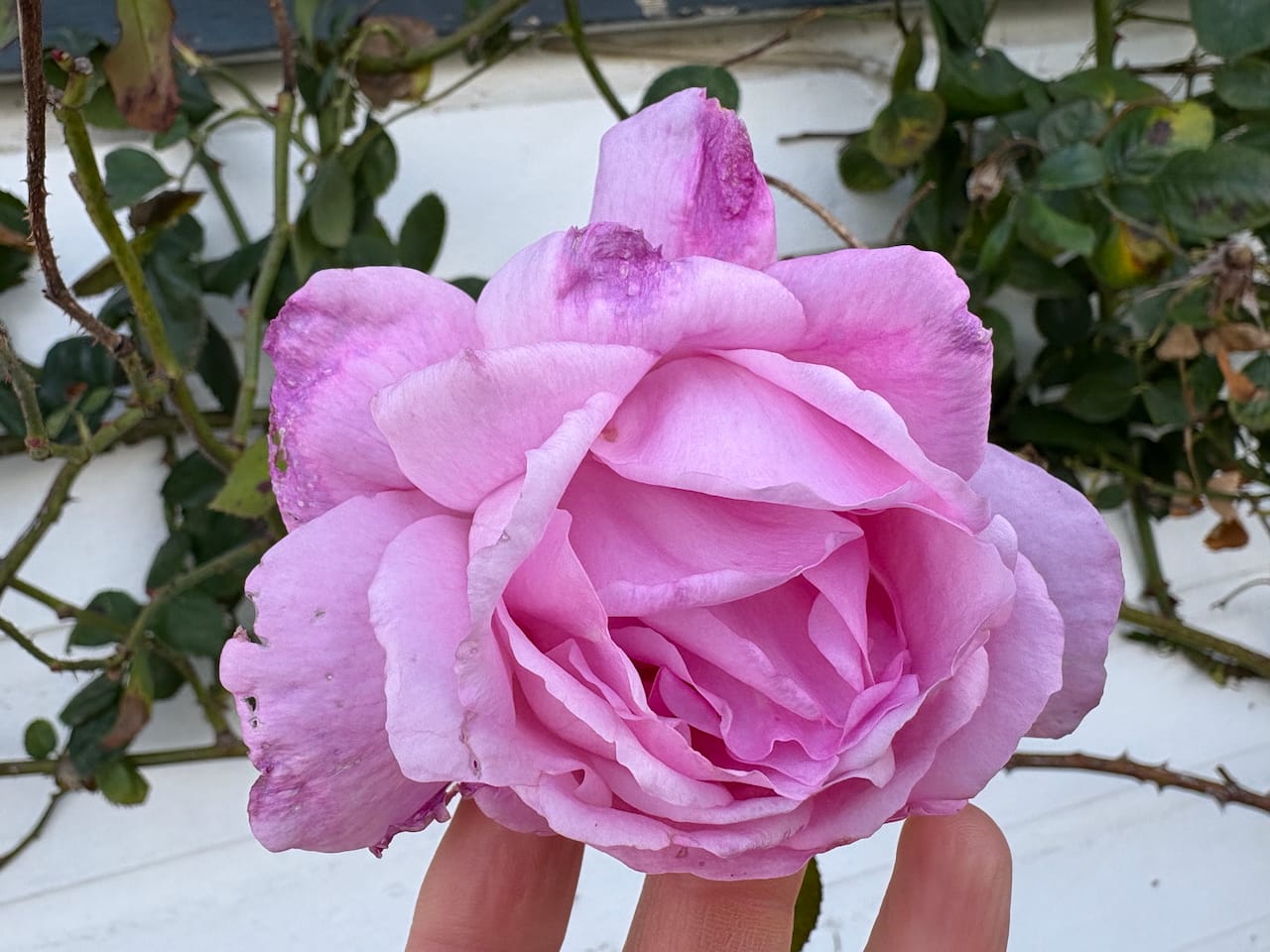Beloved friends,
This week's newsletter has an uncommon form because I am grieving. I learned on Sunday of the death of an old friend. Grief has been afoot within me since. Time is strange, both slow and fast; my head is sometimes crisp and sometimes stuffed with cotton. I am listless, then fervent; solid and vulnerable in turns.
Death is not a stranger to me. I have seen many of my dearest friends set their bodies down. After losing two of my closest friends within a few months when I was 35, 20 years ago, I sought to embrace mortality in my work; this is why I trained to teach yoga to people with cancer: I wanted to go to those walking with grief. I did that work in hospitals in San Francisco for a long time. I saw many people through healing crises and back to everyday; I saw many others through the end of their time in human form. I supported the communities in which I taught through the loss of our beloved companions many times. I chose this in order to hold the knowledge of impermanence close, to weave it into my being, so that I might know with more surety how miraculous and precious it is is to be alive. It is hard to remember. Life is so normal; it is all we know until death comes near. I wanted to remember. I want to remember: I am loving awareness. I am loving awareness. I am the life of the universe. All is the life of the universe. All of this is the life of the universe, dancing.
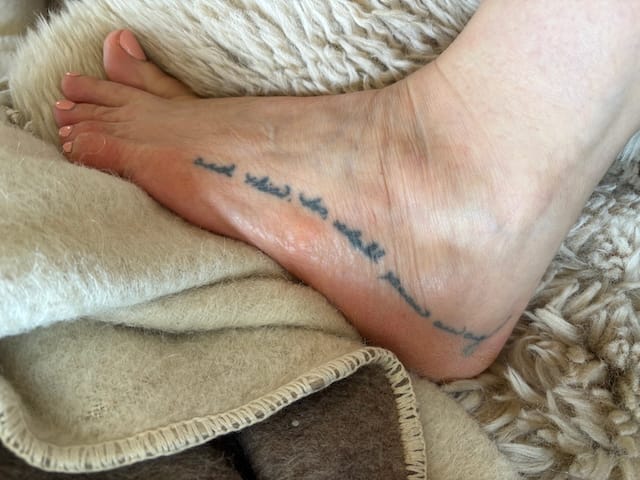
Still, despite familiarity with it, grief is a powerful experience; wild and variable. I am empty of words, then overflowing with them. I am empty of tears, then wet with them. When grief arises we grieve all that there is to grieve, and there is much to grieve right now. Losses of all forms are heavier when we are dealing with great collective loss; this is a good thing to remember in these times.
I understand grief in some aspects as a blessing: life is never so meaningful or beautiful as when we remember that it will not last forever. I am adoring the autumn rains, their contrast with the sun, and the rainbows that hold them together. The community I shared long ago with my recently-departed friend is leaning toward one another once again to share appreciation of the one we love and mourn; doing so strengthens our connections. I am sinking into meditation, my yoga mat, my rowing machine, and the sea with gusto. James and I are snuggling close in the evenings. Life is so precious. We never know how much we will have. Remembering that helps us to live our truth and love our living.
Next week I am visiting my mother before the winter and my house-sitter does not write newsletters for me, so I shall see you here again in two weeks. The Tuesday Meditation Gathering will not meet next week on 10/28. (If you are in the current Workshop for Living, Love on the Inside, there is no interruption.) For today I have gathered some more photographs of the beautiful public art project I wrote about a couple of weeks ago, and have adapted some teaching from last week's workshop which offers reading, song, and meditation.
I hope these nourish you in your living. We are so blessed to be alive together.
Mantra japa is the yogic name for the repetition of short, meaningful phrases. I think that just about every spiritual tradition uses this kind of practice. One of the mantras we use in my way is from Ram Das, who I have loved. So many have loved Ram Das! When he died at the winter solstice in 2019I began to play with his mantra in his honor. It has stayed with me and, with time, grown. Ram Das worked with I am loving awareness. I am loving awareness. There’s a beautiful song by East Forest which includes Ram speaking about and speaking this mantra:
Humans have understood for eons that the way we use language affects our perception of reality profoundly. Research using MRI has revealed some of the mechanism, showing that the way we speak to ourselves activates different parts of the brain; positive and negative self talk activate different regions of the brain, so the way we speak to ourselves in our minds literally determines what aspects of ourselves we are able to access in the living moment.
When I was in college, my sister told me she had read that you should never say anything to yourself you wouldn’t say to a 3 year old. At that time, I was studying early childhood development and working with 3 year olds and that way of considering internal kindness really struck me. This is how I came to be someone who calls everyone honey, darling, sweetheart, beloved, and quite sincerely: I changed the way I spoke to myself inside and this changed the way I spoke to everyone else outside. It felt ridiculous to call myself tender things at first! Looking back, I think it felt shameful – stupid, I would have said then. Persevering with this simple practice deeply changed my relationship with myself and everything else, forever.
I found Ram Das’ mantra similarly transformational. It took my experience of being a loving person to new levels. It changed my self-perception. An important point is that the intention of the mantra is for am to be the action – the verb, awareness to be the noun – the thing, and loving to be an adjective – a descriptor of the noun. I am loving awareness means "The thing that I am consists of loving awareness. That is my nature." That is what the mantra says. When repeating four words many times it is natural for play to arise with the stresses and meanings, and I encourage that! But to be clear, the fundamental statement here is “what I am is awareness and love.” If you think of a baby you can see this: if they are not uncomfortable they are awed and delighted by everything, by existing. This is our nature. Tender, delighted awe is the nature of human consciousness.
When we are in dark places we may feel that we cannot access warmth, love, or delight and instruction to do so can feel alienating. I try when teaching to offer neutral options beside warm ones. When teaching the use of I am loving awareness I therefore added the option to work with I am the life of the universe. This expanded organically with time and one day shifted from mantra to prayersong; I just… began to sing it.
I am loving awareness
I am loving awareness
I am the life of the universe
All is the life of the universe
All of this
is the life of the universe
dancing.
The prayersong and the mantra can be found here if you'd like to listen.
I used to teach with a lot of Sanskrit prayersongs. I am a second and first generation US yogini; my teachers and I studied with Indian swamis, monks, and we were taught the use of these prayers as honoring, respectful practices. Cultural change with time and reflection on cultural appropriation have led me to change. I have contemplated deeply Robin Wall Kimmerer’s question “What would it look like to become indigenous?” – What would it look like, and what would it take, for people of settler ancestry to come to cherish and belong here, to protect the life of the Earth as Indigenous people do? That is her core question in Braiding Sweetgrass. This question is a provocation and a gift, and I have spent recent years leaning into inquiry and exploration in it's light, considering of what authentic spiritual expression that is of me and us and here and now might be. My prayersong is a piece of that work. I hope that you find it useful.
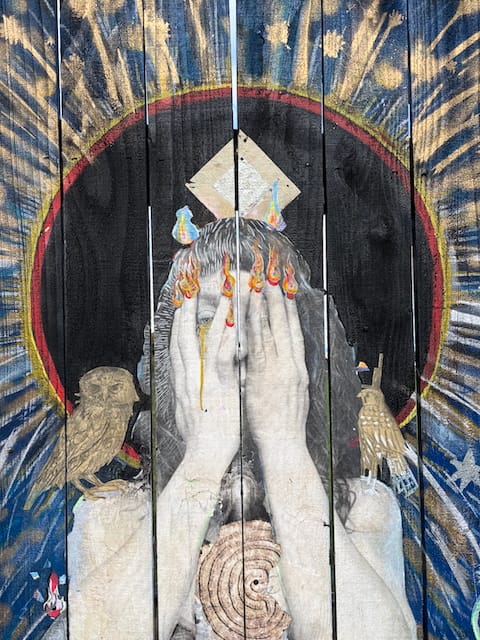
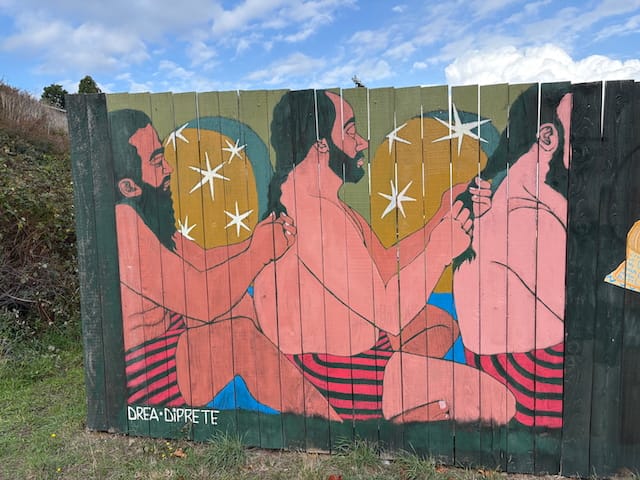
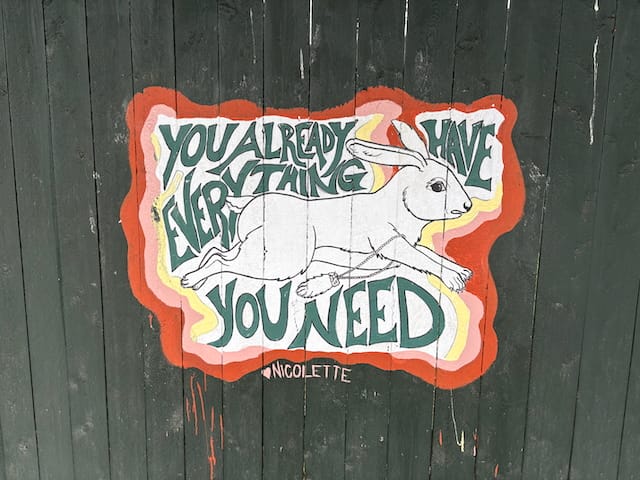
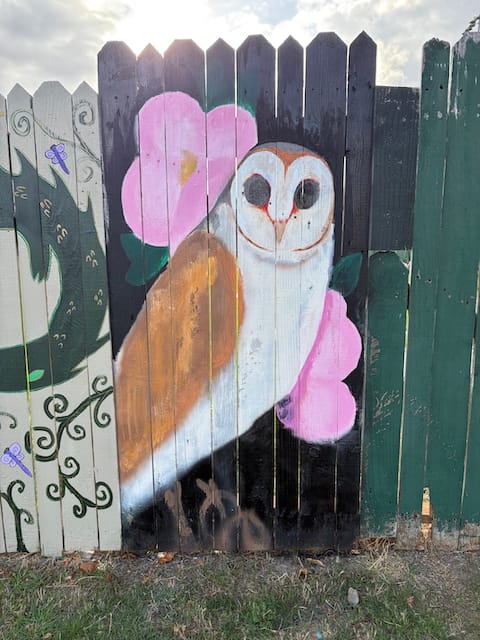
Supporting Me in Supporting You
I write this by hand and heart; I do not use AI. I invest half of a day in the creation of this newsletter each week, for which I earn less than I'd get paid if I spent that time working at McDonald's. I want to keep this up, and I want to continue to offer this work freely for widest access. That will only be possible if folks who can support my work choose to do so. I'd be grateful for your support in supporting you! You can upgrade to a paid subscription for as little as $5/month. Sharing my newsletter with others when it moves you is also a wonderful support; this increases my readership, which hopefully leads to more support in time.
If you are a supporter, thank you; it means the world to me to know you value my work and it puts food on my table.
